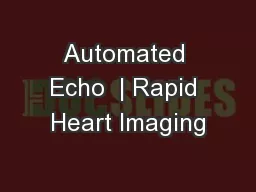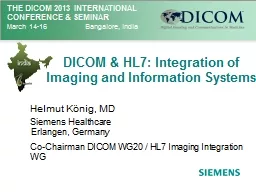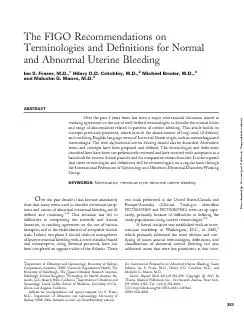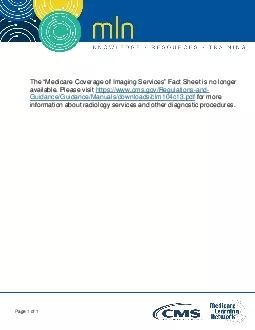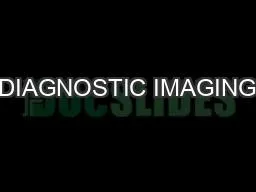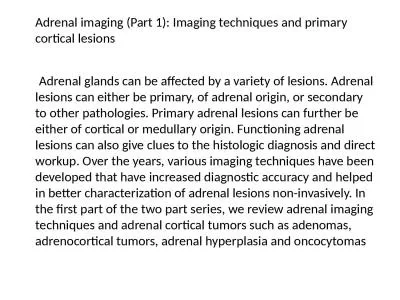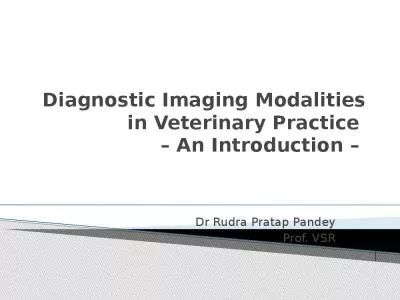PPT-Diagnostic Imaging This is a copyrighted Presentation. It is on the page only for the
Author : faustina-dinatale | Published Date : 2020-04-02
XRay Noninvasive medical test used to produce images of the inside of the body to help diagnose medical conditions Xrays are a form of electromagnetic radiation
Presentation Embed Code
Download Presentation
Download Presentation The PPT/PDF document " Diagnostic Imaging This is a copyrighte..." is the property of its rightful owner. Permission is granted to download and print the materials on this website for personal, non-commercial use only, and to display it on your personal computer provided you do not modify the materials and that you retain all copyright notices contained in the materials. By downloading content from our website, you accept the terms of this agreement.
Diagnostic Imaging This is a copyrighted Presentation. It is on the page only for the: Transcript
Download Rules Of Document
" Diagnostic Imaging This is a copyrighted Presentation. It is on the page only for the"The content belongs to its owner. You may download and print it for personal use, without modification, and keep all copyright notices. By downloading, you agree to these terms.
Related Documents





